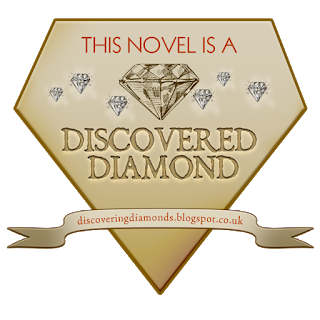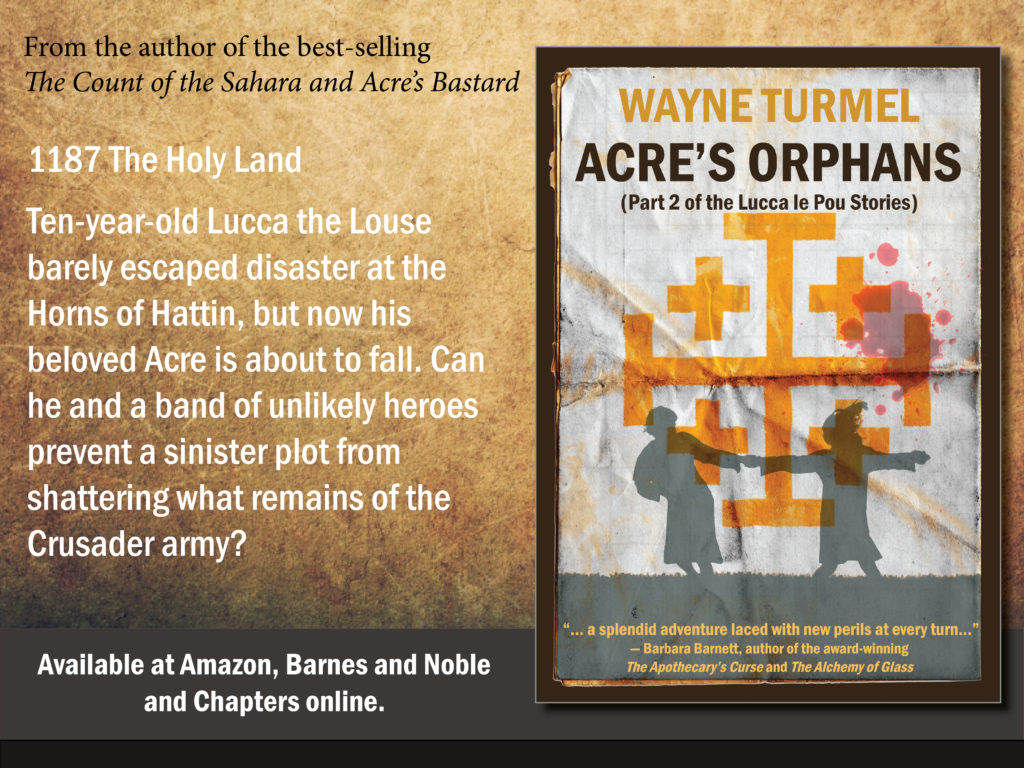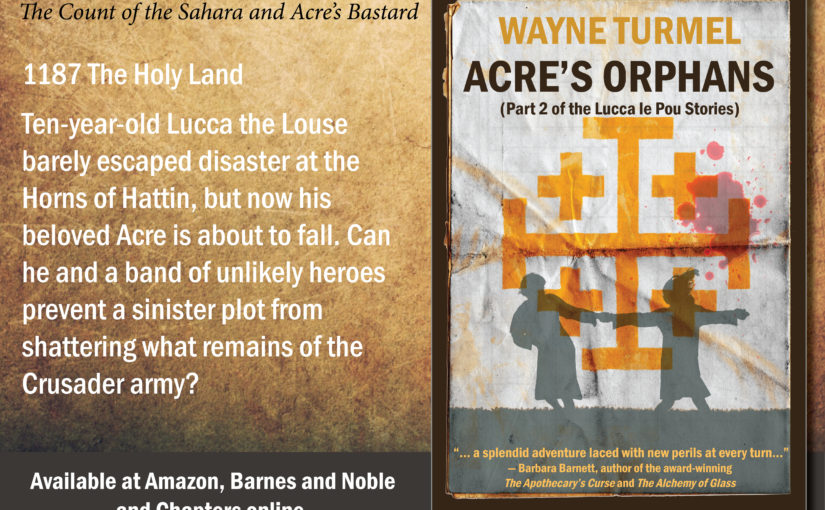The early days of exploring North America are full of fascinating missteps and accidents–lucky and otherwise. One of these is the “missing” Roanoke colony. Harold Titus has written about it in his new novel, Alsoomse and Wanchese.
Let’s start with the easy part. What’s your story?
Born in New York State in 1934, I moved to Tennessee when I was seven and then to Southern California when I was nine. I grew up in Pasadena, lived with my parents until I went to college at UCLA, graduating with a bachelor’s degree in history in 1956. I taught high school English for one year in Los Angeles, spent two years in the Army, then moved to Northern California and for 31 years taught intermediate school English, American history, and a drama elective and coached boys’ and girls’ after-school sports teams in suburban Orinda, just east of Berkeley. I retired in 1991. My first historical novel, “Crossing the River,” printed in 2011, is about the experiences of English and American participants in the first two battles (Lexington and Concord) of the American Revolution. My second historical novel, the subject of this interview, “Alsoomse and Wanchese,” was published in May 2018. I continue to write a blog mostly about American history and historical fiction (http://authorharoldtitus.blogspot.com).
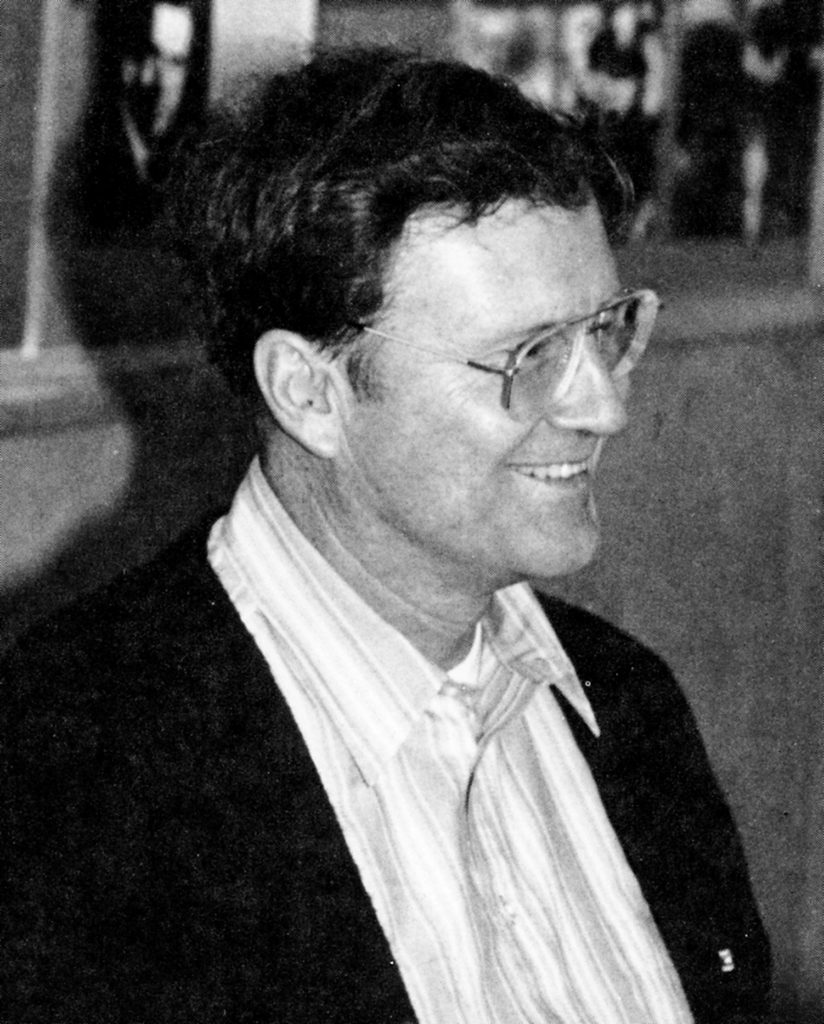
What’s Alsoomse and Wanchese about?
Why are human beings so fascinating regardless of period of time or degree of cultural and technological advancement? My answer: strengths and failings of character, group ideological orthodoxies, non-conformity. “Alsoomse and Wanchese” narrates a year (1583-1584) in the lives of Roanoke Island Algonquian sister Alsoomse and brother Wanchese as they reject tribal conformity, question tribal decision-making, decide for themselves what is true and just, and seek accomplishment. Their six-village chief Wingina is at war with an upstart chief of one of his villages. Wanchese, 19, seeks to become one of Wingina’s essential men. His impulsiveness and quick temper work against this. His strenuous efforts to both achieve his goals and learn from his mistakes broaden him, temper him, make him laudable. Alsoomse, 17, is a questioner, a seeker, an individualist in a culture that demands conformity of behavior and belief. She is placed in situations that exacerbate these attributes, her subsequent conduct causing her leaders to regard her increasingly as dangerous. Englishmen sent to North American by Walter Raleigh to find a suitable place to establish a colony arrive near the conclusion of the novel, their appearance complicating each protagonist’s conflicts.
What is it about the Roanoke Colony you found so interesting?
What we know about the story of the “Lost Colony” of Roanoke Island is related to us by Englishmen. Missing from that story is any detailed understanding of the Algonquians, as human as any Englishman that stepped then on North American soil. In my novel, about to leave Plymouth Harbor, the painter John White and his associate, the young scientist Thomas Harriot, have this conversation.
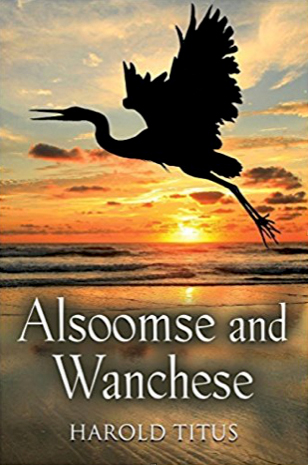
Harriot half-turned. “I have seen your painting of the savage that Frobisher brought back [from Baffin Island, Canada] in 1576 and the woman and child from the 1577 expedition. I have been wanting to ask you about them.”
“Ask.”
“What … did you see? Are these people so behindhand as to be mentally deficient? I do not know what to expect.”
White leaned against the gunwale, his long coat bending near his right hip. “I saw human beings, who think, who suffer, who in our presence sought of hide human emotion.”
“What was their sense of us, as best you could tell?”
White moved his left foot ahead of his right. … “I wish there had been some way besides the use of gestures and facial expressions to communicate. What they thought and felt I can only imagine.”
“What did you think they felt?”
“Fear. Despair. Resignation. We uprooted them, Harriot. We took them to London as specimens! What they could have told us, if they had survived and learned our language!”
Historian Michael Leroy Oberg wrote: “Indians are pushed to the margins, at best playing bit parts in a story centered on the English. … Roanoke is as much a Native American story as an English one. … We should take a close look at the Indians who greeted and confronted Raleigh’s colonists. … Because Wingina’s people, and his allies and enemies, in the end determined so much of the fate of the Roanoke ventures, it seems only fair that we concentrate upon them, and how they understood the arrival of the English.”
That is what my novel does.
What’s your favorite scene in the book?
She was waiting for Wanchese in a corner of the chamber close to a raised, small-branched, deerskin-covered bed. At first he thought he was alone, that the girl would enter from outside. A slight movement caused him to look in her direction.
He stepped over to her. It was difficult to see. He made out her features.
She was young. Fifteen? Sixteen? Not yet Alsoomse’s age. She was naked, adolescent slim, her breasts small, her limbs and buttocks not yet pleasingly rounded.
Her eyes darted. She appeared defensive. This was not what he had experienced the year before at Mequopen.
“What is your name?”
Her right hand moved toward her mouth. “Waboose.”
It was an Algonquian custom that important visitors to an Algonquian village be provided young women to spend the night. Waboose is a virgin. She has been chosen by the chief’s wife to perform this duty but is frightened. Wanchese and she talk. They learn a few facts about each other and their respective families. Conscience-stricken, reluctantly, Wanchese relents. They sleep together but refrain from intercourse.
Where can people find you and your work?
We interrupt this interview for a shameless plug. Acre’s Orphans has won a much coveted “Discovered Diamond” award for historical fiction. You can read the review here, or just take my word for it and buy the book.
